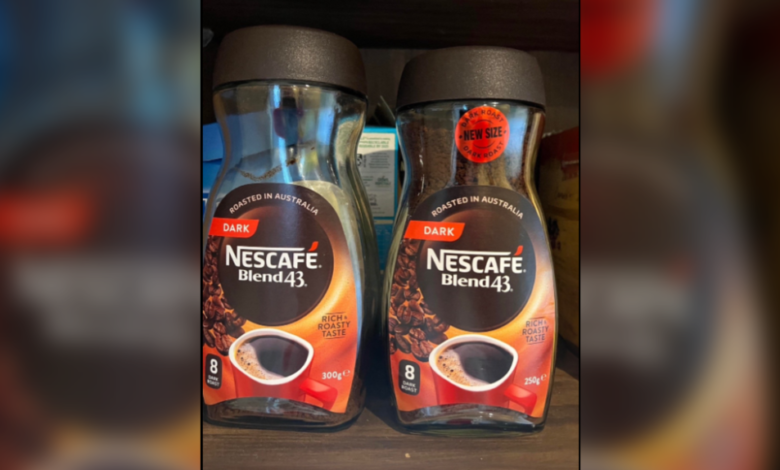TikToker exposes examples of Canadian shrinkflation

Neal Chauhan, a Toronto-based TikTok creator, is using the app to shine a light on “shrinkflation,” or the covert, cost-cutting measures used by manufacturers to deceive consumers into thinking they’re getting a better deal than they are.
Common shrinkflation tactics include redesigned packages, marginal changes in portion sizes and deceptive marketing copy.
In his series of TikTok videos about shrinkflation, Chauhan points out surprising signs of cut costs from popular manufacturers. In one example, he shows a pack of Excel gum, in which a piece of gum has been replaced with a “thumb grip,” or textured, empty spot in the packaging.
Chauhan’s TikTok videos have amassed him a large following in a relatively short amount of time, with over 33,000 followers and three million likes to date.
“There’s a lack of transparency,” the 28-year-old brand strategist told CP24.com. “Brands aren’t being truthful about what they’re putting forward. They’re decreasing the amount of product, but keeping the container sizes the same, for instance.”
While inflation has begun to subside in Canada, food prices are continuing to rise rapidly and were up 9.1 per cent year-over-year in June.
But as Chauhan’s videos reveal, the impacts aren’t just being felt at the cash register.
“In the long run, you can only reduce a product’s quality or quantity by so much,” he said. “Brands need to come up with other ways to maintain their margins…and they need to be transparent about it. Lying to your consumers for short-term profit is never going to be the way to go, long-term. This is doing more harm than good.”
Chauhan says that while there’s “no easy solution” to this issue – the affordability crisis has affected brands similarly to consumers – shrinkflation is nearing its breaking point.
And he is warning that when “economic times get better, you’re not going to see brands going the other way, and increasing package and serving sizes out of the goodness of their hearts.”
“Brands are always trying to maintain profit in the long run, which I think is a slippery slope. I don’t see things bouncing back to where they used to be,” he says.
Sylvain Charlebois, a researcher and professor in food distribution and policy at Dalhousie University, agrees the issue is on the rise.
But he says it is not necessarily a new idea.
“It’s been around for decades,” he said in an interview. “It’s what manufacturers do to reduce quantities while keeping prices the same…they’ll play with packaging, or they’ll play with ‘bite sizes,’ which have gotten smaller over the years. The Oreo cookie, for instance, is much smaller than it used to be.
“There’s a limit to this before companies are selling air itself,” he said. “But this is something that’s affecting every section of the grocery store. It’s really quite significant.”




